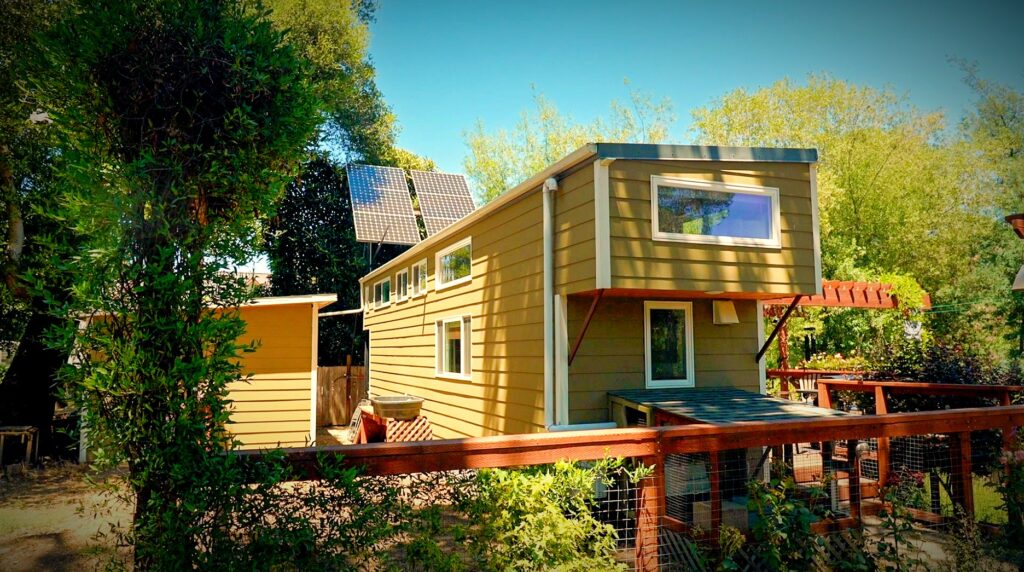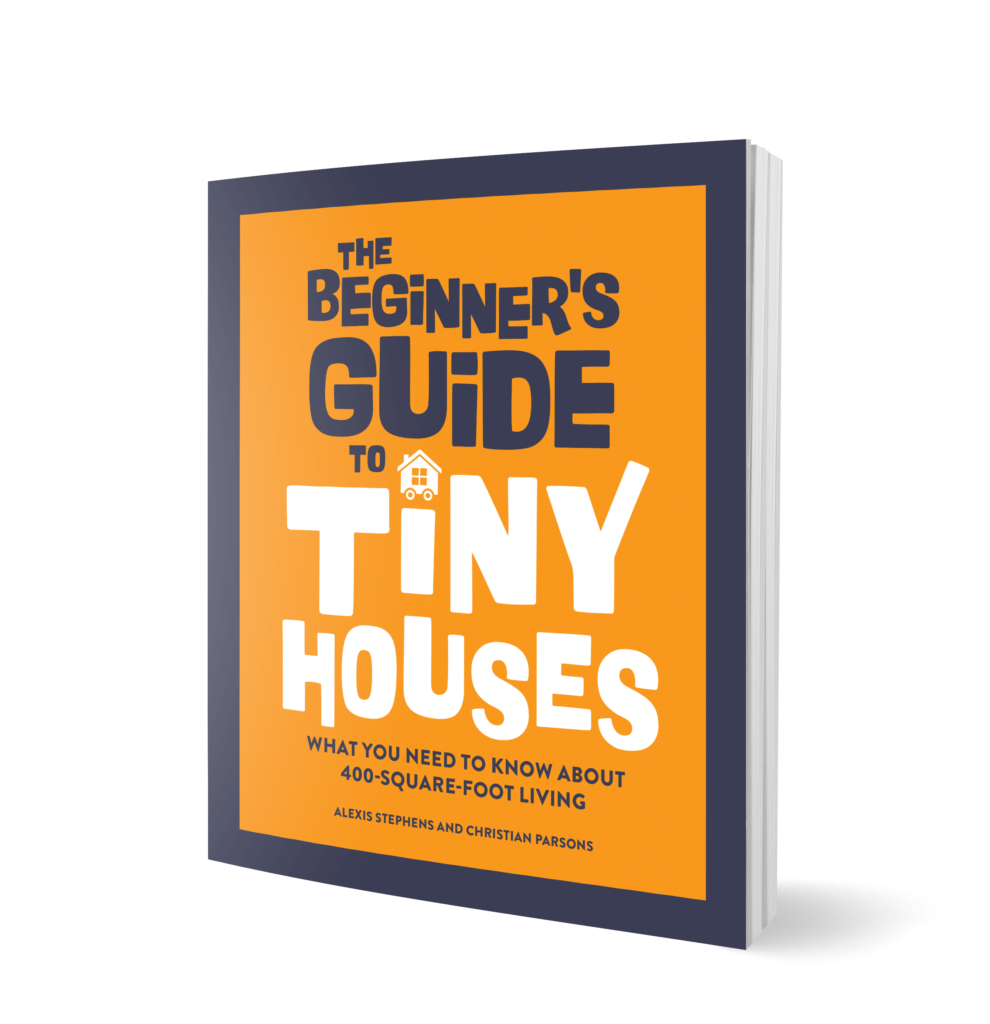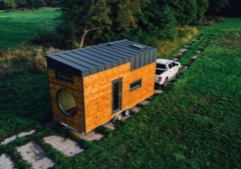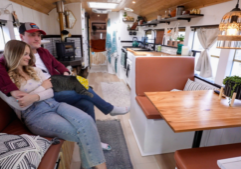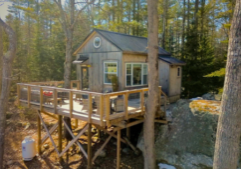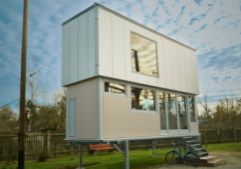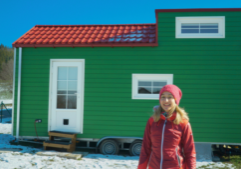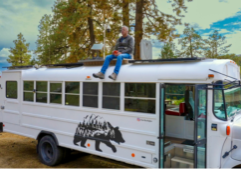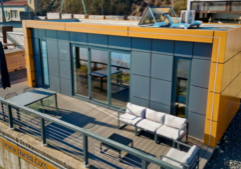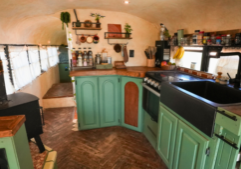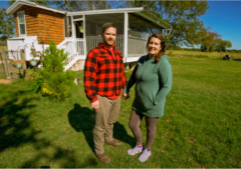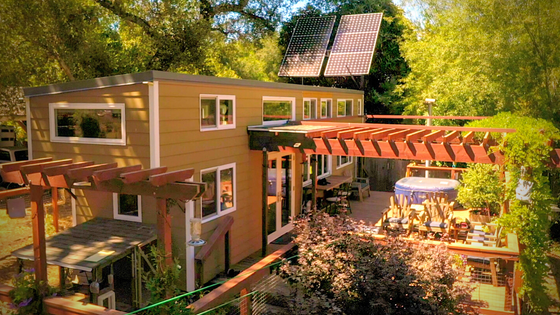
Solar System Installation for a Tiny House: 4 Things to Know
Did you know that nearly 4 percent of homes in the USA have solar panels installed for energy purposes as of 2022? Solar energy makes a ton of sense if you're tired of paying out the nose for electricity and want to make a difference in the environment. It's no secret that fossil fuels negatively impact the world as a whole.
If you want to help make a small difference, it's time to investigate solar system installation at your home. Getting solar for a tiny house makes sense on many levels, from long-term utility savings to sustainable living.
Keep reading to learn more about getting solar for your tiny home today!
Things to Know About Your Tiny Home Solar Energy System
If you want to make the most of the sun's energy, then it's essential to consider the number of solar panels your tiny home needs. This is based on the amount of electricity that your household uses. To fully reap the benefits of solar energy, right-sizing your system is crucial, from panels to batteries & all the other necessary components.
Here's a closer look at the tips you should use when designing a solar energy system for your tiny home.
1) The Amount of Electricity You Need
Tiny home living does result in reduced electricity needs just due to fewer rooms to light. However, the amount of electricity a home uses varies from one family to the next based on the number of appliances, etc. So it follows that the best way to determine the number of solar panels you'll need is to calculate the amount of electricity your home uses.
First, create a list of the devices and appliances you need to power. Then, determine much electricity they use. Look for the wattage of each item. Of note, a watt-hour (Wh) is a unit of energy equal to 1 watt (W) of power sustained for 1 hour. When talking about appliances, watt hours convey how much electricity they use per hour.
You will find plenty of great resources online that will help you compute the electricity you're using and the number of solar panels you'll need to power your electrical needs. For example, use a simple online calculator like this one. Alterntativley, you can other is a handy electricity usage monitor. This is great for determining how much power they use, and if they have a power surge, when they come on.
2) On-Grid vs. Off-Grid
Importantly, you need to decide if you want to be entirely off-grid or if you want to supplement your power needs. This directly affects how many panels and batteries you need. Additionally, if your tiny home is permanently located, you can choose to be connected to the local electrical grid.
Don't make the mistake of thinking that all solar energy systems are off-grid ready. Many are grid-tied, meaning you're sharing the energy your home is collecting.
Worried about getting enough sunlight to your solar panels? It could make sense to stay connected to the electrical grid. On the other hand, you might want movable ground panels. If you want a more self-reliant, independent style of living, opting for the off-grid system makes sense. Keep in mind, this option comes with more upfront costs because more panels, more batteries, and a more robust inverter will be needed.
Staying connected to the grid could cost you money, but that is only the case if you're not collecting enough energy from the sun. It's entirely possible that you'll make money from the electrical company by producing a surplus of energy each month. Some of the best solar system installation companies for grid connection, like blueravensolar.com, can help you with designing your system, the permitting process, financing, and installation.
With entirely off-grid systems, many consultants and technicians can help you choose the right products, design your system, and install it. All-in-one solar power kits are now available too, but are pricey. For the most cost savings, go the DIY route—YouTube university has got your back!
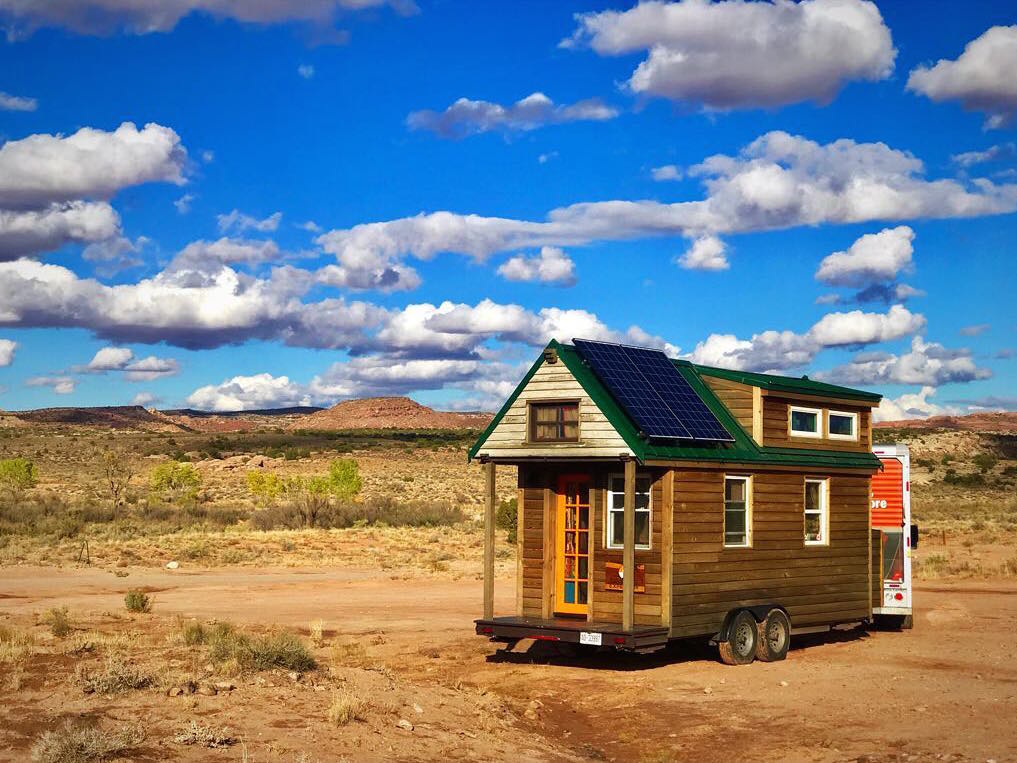
our tiny home uses a combination of on-grid power, solar power, and portable generators
3) Rooftop Solar Panels vs. Ground Solar Panels
Putting solar panels on the roof makes sense if you have a larger home. It's an open space that collects a ton of sunlight. That said, your tiny home roof is relatively small. While this is a limitation, this may be your only option for THOWs that may relocate yearly or more often.
Fortunately, the capacity of individual panels is steadily improving. This means fewer are required to meet your overall power needs. So your tiny roof size could be just fine. The racking equipment you'll need is also worth considering, significantly if the added weight could jeopardize your home's structure (and your safety).
For more permantely placed tiny homes, it's a good idea to look into the amount of sunlight your home's roof collects each day to determine if a rooftop solar panel makes sense for your energy needs. So, note how the sun moves across your house throughout the day.
Ultimately, you need to ensure that your roof is large enough to handle the solar panels you'll need to power your home's electrical needs. If your tiny house has a unique roof shape, then it would make more sense to find a suitable spot in your yard where you can install ground solar panels.
Suppose this is the case, scout, out an area on your property that gets plenty of sunlight. The sunniest spot is best for a ground set-up. For those who move their tiny house, it's worth looking into solar panel systems on wheels. You can move them around no matter where your home is parked! Folding panels are another option, but these often have less capacity than residential ones.
Check out this tiny house's "power trailer"!
4) Consider Your Budget
Many homeowners are scared away from getting solar system installation due to the cost associated with this investment. But your tiny household may not need a ton of solar panels, but the total cost of a complete system with batteries & accessories adds up quickly. You can also start small and add on as you can afford it.
The average solar system will cost around $13,000, depending on where you live. Remember that this varies greatly depending on your needs and if you go entirely off-grid.
While that number might seem daunting, it's crucial to remember that the government offers several incentives to encourage homeowners to install solar panels on their houses or tiny homes. However, these might not apply to THOW. Finding solar system installation companies that offer payment plans and other financing options that work with your budget.
Financing will make it much easier for you to convert your tiny home to sustainable energy rather than grid energy. Your solar energy system will pay for itself eventually, since you will no longer have a monthly power bill.
Ready to Schedule Your Tiny Home Solar System Installation?
Choosing solar system installation for your tiny house just makes sense, especially if you want more financial freedom and location flexibility for homes on wheels. It's essential to consider your budget and carefully plan out how much you need to power. You should also consider getting ground solar panels for your tiny home, depending on the size of your roof and how long you plan to stay in one place.
Happy planning!
A solar powered nomadic tiny house on wheels!
Have you ordered our book yet?
Learn the history of the modern movement, get a breakdown of tiny home styles, and meet the passionate tiny community. The Beginner's Guide to Tiny Houses also discusses the pros and cons of micro-living―is a tiny house right for you, right now?
What people are saying:
"Most books about tiny homes are really just about the fantasy, with beautiful pictures in far-off places, but they don't tell you how to get from point A to point B. That's where this book comes in and fills in all the gaps!"

